What Germs Does Lysol Kill?
Table of Contents
Germs are microscopic, infection- and disease-spreading organisms that can live in the body and air and on the majority of household surfaces. There are four main types of germs--bacteria, viruses, fungi and protozoa, the National Institutes of Health (NIH) reports.

Fortunately, Lysol offers a variety of products, including disinfectant sprays and wipes, that kill several potentially dangerous germs in the air and on surfaces, according to its website.
Athlete's Foot Fungus

Athlete’s foot is a fungal infection that causes cracked, peeling skin often associated with burning and itching of the feet, the NIH states. Athlete’s foot thrives in moist, warm areas. You can get athlete’s foot through direct contact, by wearing the shoes or socks of an infected person or walking on contaminated surfaces, such as shower floors and pool areas.
Campylobacter

Campylobacter is a bacterial germ associated with food poisoning, according to the NIH. It can cause diarrhea, fever and abdominal cramping.
E. Coli

E. coli, or Escherichia coli, is a bacterial germ often associated with “traveler’s diarrhea." While most E. coli bacteria are harmless, certain forms may cause life-threatening kidney failure in children, the elderly and people with weakened immune systems, warns the NIH.
Influenza
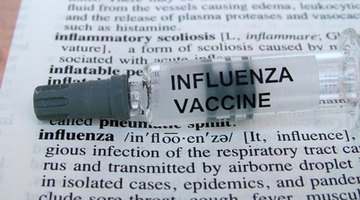
Influenza, or the flu, is a viral respiratory infection caused by various germs, the NIH reports. Many people associate fever, body aches, coughing, headache and sore throat with influenza. While most people who get the flu recover after several days, the condition can be fatal in newborn infants, the elderly and people with certain chronic conditions.
Mildew
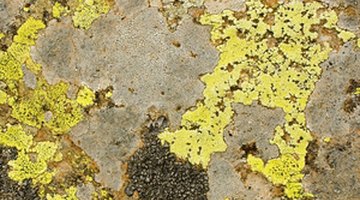
Mildew is a fungus that thrives in warm, damp, poorly ventilated and dim areas, according to “Material Matters,” an article published by the University of Missouri. As mildew grows, it produces a unpleasant musty odor. Untreated mildew can destroy a variety of fabrics and discolor leather.
Mold
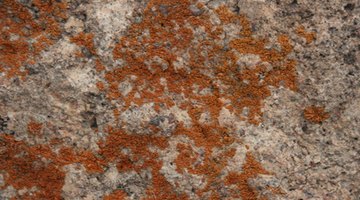
Mold is a fungus consisting of large spores that can become trapped in the air. A known allergen, mold is responsible for a variety of dangerous conditions when inhaled. Children, the elderly and those with weakened immune systems may be more likely to experience a mold-related illness, however even healthy people can become sick if mold spore concentration is high enough, the Nebraska Department of Human Services warns.
RSV

Respiratory Syncytial Virus is a potentially life-threatening respiratory infection that can produce mild, cold-like symptoms in adolescents and adults, and severe breathing difficulty and pneumonia in babies, according to the NIH.
Rhinovirus

Rhinovirus is the virus that causes the common cold. There are more than 100 different rhinoviruses that can enter the body through the body’s mucous membranes. Cold symptoms include a stuffy nose, sore throat, headache, fatigue and a mild fever.
Rotavirus

Rotavirus is a virus that can cause severe diarrhea, fever and vomiting. It is the most common cause of diarrhea in young children. Rotavirus has a two-day incubation period and once symptoms begin, they generally last two to eight days.
Salmonella
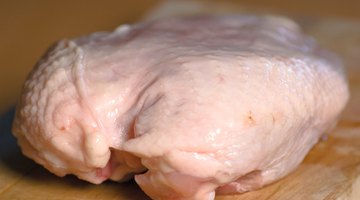
Salmonella refers to a number of bacteria that cause food-born illnesses. Symptoms generally last four to seven days and include diarrhea, vomiting, cramps and headache. However, if salmonella enters the bloodstream, it can become life-threatening.
Staphylococcal Bacteria
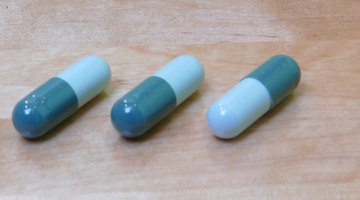
There are more than 30 types of staphylococcal bacteria that lead to infection and illness in humans. The main types of staph bacteria can cause skin infections, pneumonia, blood poisoning and Toxic Shock Syndrome, the NIH reports.
The Drip Cap
- Germs are microscopic, infection- and disease-spreading organisms that can live in the body and air and on the majority of household surfaces.
- Athlete’s foot is a fungal infection that causes cracked, peeling skin often associated with burning and itching of the feet, the NIH states.
- Athlete’s foot thrives in moist, warm areas.
- Children, the elderly and those with weakened immune systems may be more likely to experience a mold-related illness, however even healthy people can become sick if mold spore concentration is high enough, the Nebraska Department of Human Services warns.
- There are more than 100 different rhinoviruses that can enter the body through the body’s mucous membranes.
- Rotavirus is a virus that can cause severe diarrhea, fever and vomiting.
- Salmonella refers to a number of bacteria that cause food-born illnesses.
References
Writer Bio
Bree Johnson began writing professionally in 2004, penning articles for Internet SEO companies before breaking into copywriting in 2008. Since then, she has written ad copy for some of the world's most lucrative Halloween costume retailers, including Halloween Adventure and New York Costumes. Johnson majored in medical sonography at Forsyth Technical Community College and real estate while living in Myrtle Beach, S.C.
Photo Credits
- clean kitchen image by easaab from Fotolia.com
- clean kitchen image by easaab from Fotolia.com
- ballerina feet 2 image by jimcox40 from Fotolia.com
- oral thermometer image by Warren Rosenberg from Fotolia.com
- elderly woman image by Anna Chelnokova from Fotolia.com
- influenza vaccine image by Keith Frith from Fotolia.com
- muffa image by fotografiche.eu from Fotolia.com
- mold on petrified wood image by MAXFX from Fotolia.com
- newborn image by Fabio Barni from Fotolia.com
- tissue paper image by morsted from Fotolia.com
- a young child in deep thought image by Paul Hill from Fotolia.com
- Macro shot of raw chicken breast on brown wooden board image by Olga Sapegina from Fotolia.com
- medicament image by berdoulat jerome from Fotolia.com
More Articles



